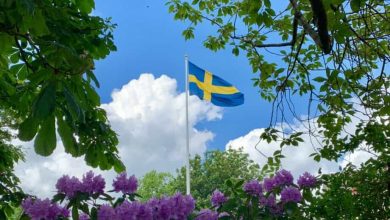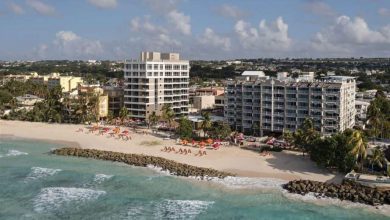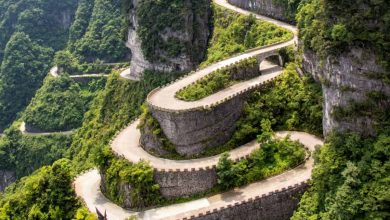The story behind the waterfalls of Plitvice Lakes
/ 2023-05-20 15:06:27
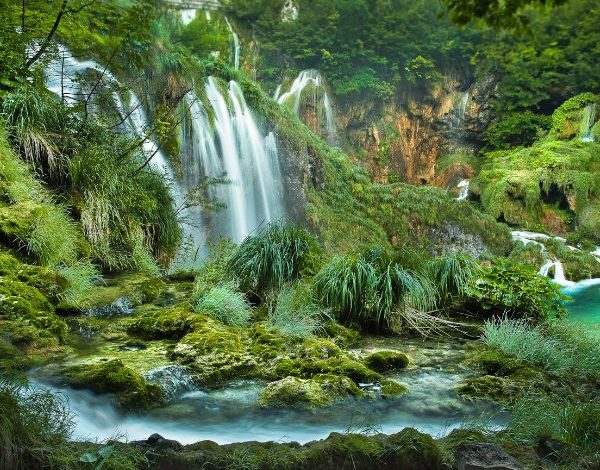
Diplomat.Today
Tomislav Kovačević
2023-05-20 15:06:27
——————————————-
Let us tell you a story, the most precious and beautiful, a true fairy tale. This is a story about the value and beauty of the waterfalls of the Plitvice Lakes National Park. Water moves us – it’s an integral part of us, so it’s no wonder we enjoy the sight of a lake or the sound of a waterfall. There are numerous waterfalls in the park, some small, some large, with the highest being the Veliki slap waterfall which plunges down a 62-meter cliff. The beautiful Plitvice Lakes National Park is located in the heart of Croatia. It is known for its breathtaking series of waterfalls, cascading lakes and lush forests.
The story about water
Water is one of the most important and fascinating natural resources on our planet. It is the fundamental phenomenon of Plitvice Lakes National Park. It flows from the highest peaks to the lowest valleys, shaping the landscape and ending in breathtaking waterfalls. How exactly does water create these beautiful natural wonders?
The sixteen named larger lakes and a series of smaller lakes are separated by tuff barriers and connected into a single water system, forming a tiered line of lakes fed by the Black and White Rivers. The water flows over the rocky barriers and offers breathtaking views. When water encounters these obstacles, it accelerates, falls over the edge, forms a waterfall and ends up in crystal clear lakes that flow into each other. Water takes up less than 1 percent of the surface of Plitvice Lakes National Park. The amount of water we see in the lakes is the result of tuff deposits, which raise the water level.
Water is not only valuable for creating waterfalls; it is vital to all forms of life on Earth. Species found in our aquatic habitats require high quality water, and their mere presence is a testament to the quality and conservation of our aquatic habitats. There is also a great diversity of flora and fauna and the surrounding nature consists of beautiful forests, meadows and pastures, adding to the natural beauty and tranquility of the area.
Rainy days may seem annoying, but they are essential for maintaining water levels. Rain, for example, brings the extra water amounts to the Plitvice Lakes National Park that help maintain the delicate balance of the park’s ecosystem. On rainy days, the park turns into a land of magic, with the raindrops dancing on the surface of the lakes and the waterfalls bursting with life.
Ultimately, water is a fascinating and essential resource, and Plitvice Lakes National Park is a testament to its beauty and power. From awe-inspiring waterfalls to sustaining life on Earth, water is truly one of nature’s greatest gifts. To conserve the abundance of water in the park and around the world, we must keep in mind that every drop of water and everything we do to conserve it, no matter how small it may seem, counts.
Black and white rivers
The legend of the Black Queen tells the story of the Black and White Rivers and how they came to be: … “My tears will flow: right eye to the black source of the Black River and left eye to the white source of the White River.”

The legend shows the significance of these springs to the region and to the falls and lakes themselves.
The Plitvice Lakes are fed by the Black and White Rivers, the source of which can be found in a small village deep in the forests of the area called Plitvički Ljeskovac. The White River gets its name from the pebble and sand bottom covered with rocks, the light of which reflects off their beautiful white color. The river meanders gently through pristine forests, flows through hills and forms picturesque smaller waterfalls.
The Black River gets its name from the dark moss that covers the riverbed and the faster current. It makes its way through dense forest, hiding its mysterious waterfalls. The slope of this 2 km long river is not that steep, but enough to allow a faster flow than that of the White River. The two rivers give life to very valuable ecosystems whose value can only be surpassed by their beauty.
In the village of Plitvički Ljeskovac, the two rivers, so different yet so similar in their purity and clarity, come together to form the Matica River which flows into the first lake – Prošćansko Lake.
IMPORTANT ANNOUNCEMENT:
If you are reading this article anywhere other than A Luxury Travel Blog, chances are this content has been stolen without permission.
Please note the web address above and contact A Luxury Travel Blog to notify them of this issue.
Thank you for helping us fight content theft.
The rivers tell the story of bygone times in the Plitvice Lakes region with their hidden waterfalls and abandoned mills. The silence of the pristine forest is disturbed only by the playful murmur of the rivers skillfully meandering through rocks and shrubs that line their beds. The clean air enters with its fullness and the scent of wild, untouched nature. Nestled in the hidden embrace of nature, the smaller waterfalls found here tell the ancient tales of times gone by.
Difference between the Upper and Lower Lakes
A total of 16 beautiful lakes make up the Plitvice Lakes National Park, divided between the Upper Lakes and the Lower Lakes. The difference in elevation between the Upper and Lower Lakes creates a natural flow of water through the tuff terrain of the national park, creating spectacular waterfalls, small falls and cascades, which have become the symbol of the park.
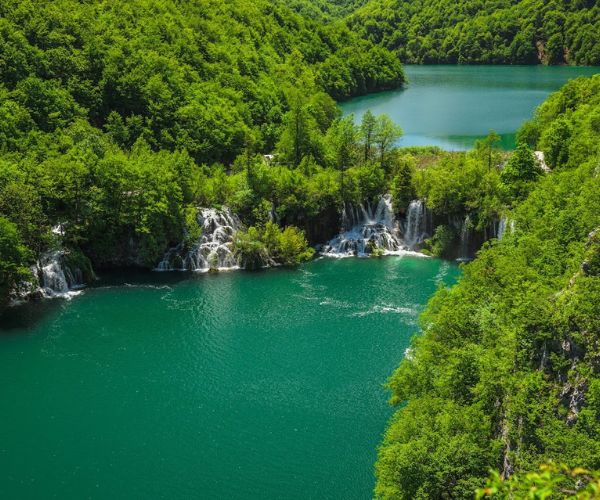
One of the highlights of the park is the Upper and Lower Lakes, each with their own unique features. The Upper Lakes are located in the northern part of the park and their striking turquoise color is a sight to behold. The high mineral content gives the water its vibrant blue color, while the lakes are surrounded by tall trees and scenic waterfalls. The hiking trails wind around the Upper Lakes, offering visitors a chance to get a closer look at the breathtaking scenery and beautiful waterfalls. The trails allow visitors to get an up close look at some of the most beautiful waterfalls in the park. On the other hand, the lower lakes are located in the southern part, spread across the tranquil limestone gorge of the national park. They have a greater depth and therefore have a different color than the forested Upper Lakes. A relaxing boat trip on the largest and deepest lake of Kozjak allows visitors to enjoy the idyllic fairytale landscape. The Upper and Lower Lakes offer glimpses of the park’s natural beauty, and visitors are sure to be enchanted by the breathtaking scenery and unique features of each of the lakes.
Tufa – The creator of waterfalls and lakes
There are several ways to define tuff, and understanding how it is formed can be a bit of a challenge. The first thing that comes to mind when we think of tuff is a loose and porous rock. It is formed by the deposition of calcium carbonate dissolved in water, aided by moss, algae and microorganisms. The formation of tuff is also highly dependent on water dynamics. In some parts the flow rate of the water is faster, while in other parts the water level has dropped. All this significantly affects the formation of tuff barriers and they change over time. While walking through the park you will come across tuff in different forms: from tuff in full glory, tuff in the making and finally tuff that has dried up due to a change in watercourse. Nature is the greatest painter and the shapes carved by the force of the water are sure to amaze you. In some parts you can even see a tree that was once “trapped” in tuff. Kozjak’s largest lake hides a fascinating secret – a submerged barrier that separated it into two smaller lakes about 400 years ago.

The active tuff barriers are estimated to be between 6,000 and 7,000 years old, while the barriers outside the watercourses are estimated to be 250,000 to 300,000 years old.
The lost lake
As we have seen time and time again, nature has its own rhythm, a rhythm that we also influence. Sometimes it stubbornly decides to surprise us, create new circumstances and leave us in awe when something magically “disappears”. That is exactly what happened in Plitvice Lakes National Park. Milino Lake underwent major changes due to (bad) weather conditions. Visitors who visited the park before 2018 can certainly remember the merrily crashing waterfalls found at Lake Milino. Due to extreme weather conditions, rapidly melting snow, a sudden warming and the resulting sudden rise in water level and increase in water flow, the tuff barrier of Lake Milino broke twice. This led to the disappearance of smaller waterfalls in the forest fed by the lake. However, water always finds its way. It changed its course and now, although there are no more waterfalls on one side, the other side flows more intensely, once again awesing everyone at its power.
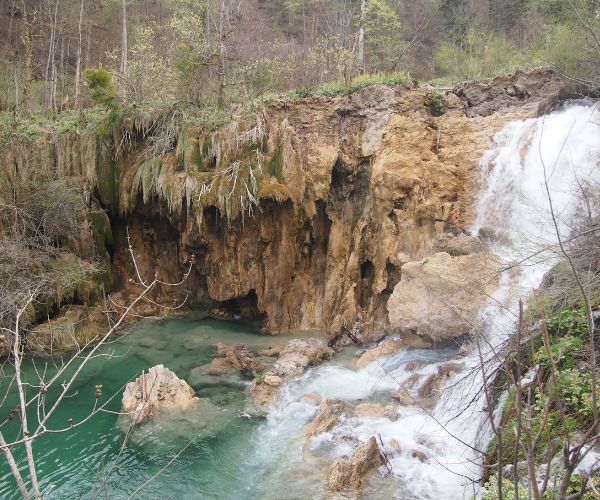
If you are looking for peace and tranquility away from the hustle and bustle of everyday life, try finding a small waterfall somewhere in your area. You will be surprised how much beauty and wonder you can find in these hidden natural gems. The beauty of waterfalls lies in their sheer power and magnificence.
There’s something awe-inspiring about standing at the base of a waterfall and feeling the mist on your face. The sound of water running over rocks can be soothing or invigorating, depending on the intensity of the water.
Come for the lakes, stay for the waterfalls.
Tomislav Kovačević is the General Director of Plitvice Lakes National Park. Plitvice Lakes National Park is the oldest and largest national park in Croatia.
If you would like to become a guest blogger on A Luxury Travel Blog to boost your profile, please contact us.
——————————————-

